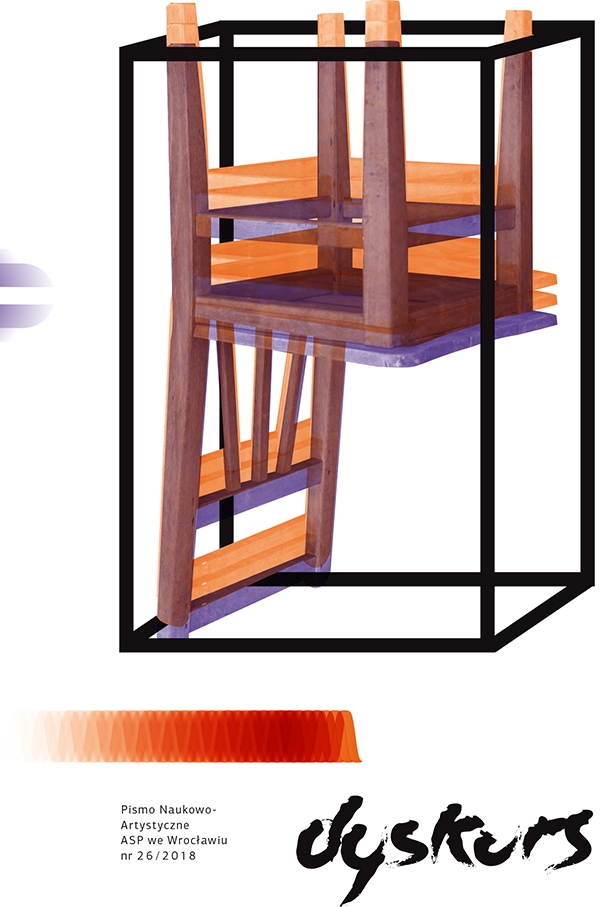Performative character of aesthetics
Słowa kluczowe:
aesthetics, aesthetics of popular art, aesthetic experience, artistic values, aesthetic values, fine arts, institutional art, aesthetic art, defining art, absolute art, anti-artAbstrakt
Performative character of aesthetics
Many lecturers of aesthetics feel that the subject of their lectures is not necessarily aesthetics, but history of aesthetics, the aesthetic views of Plato and Aristotle, Kant and Hegel, Hume and Burke, the British philosophers of taste and German romanticists. Does that mean that aesthetics feeds on its own past, is nurtured by reinterpretations of its classics, defends concepts and categories that inspire no one and do not open new cognitive perspectives?
Does it mean that aesthetics is dead today, like Latin or Sanskrit, while its vision of art and beauty is outdated, invalid and totally useless?
Aesthetics is a polysemous concept, which has never been sufficiently defined. It can determine a way of perceiving and experiencing the world that is specific for a given community, in other words, taste, yet it can also mean certain countries’ or regions’ contribution to aesthetic thought, to the aesthetic self-knowledge of man. Thus its dimension is practical, cultural and philosophical.
Today aesthetics faces new challenges that it has to live up to; its major tasks include the defence of popular art, polishing the concept of aesthetic experience, aestheticization of everyday life and de-aestheticization of art, transcultural aesthetics and its approach to national cultures.
In the book “Aesthetics: the Big Questions” 1998 Carolyn Korsmeyer reduces the main issues of contemporary aesthetics to six questions. The first question, old but valid, is a question about the definition of art. What is art? Nowadays everything can be art because art has shed all limitations, even the limitations of its own definition, and has gained absolute freedom.
It has become absolute, as Boris Groys says. It has become absolute, because it has made anti-art a full-fledged part of art, and it has not been possible either to question or negate art since, as even the negation of art is art, legitimized by a more than 100 year long tradition, going back to the first ready-made by Marcel Duchamp in 1913. Today making art can be art and not making art can be art, as well, art is art and anti-art is art.
The old question: “What is art?” loses its sense, and so does Nelson Goodman’s question: “When art?”. When does something become art? These questions are substituted by new ones: “What is art for you?”, “What do you expect from art?”. There can be a lot of answers, because defining art has a performative character. Louise Bourgeois has expressed the performative character of defining art in an even better way: “Art is whatever we believe to be art”. And for some reasons, which we do not fully realize ourselves, we want to make others share our belief.

